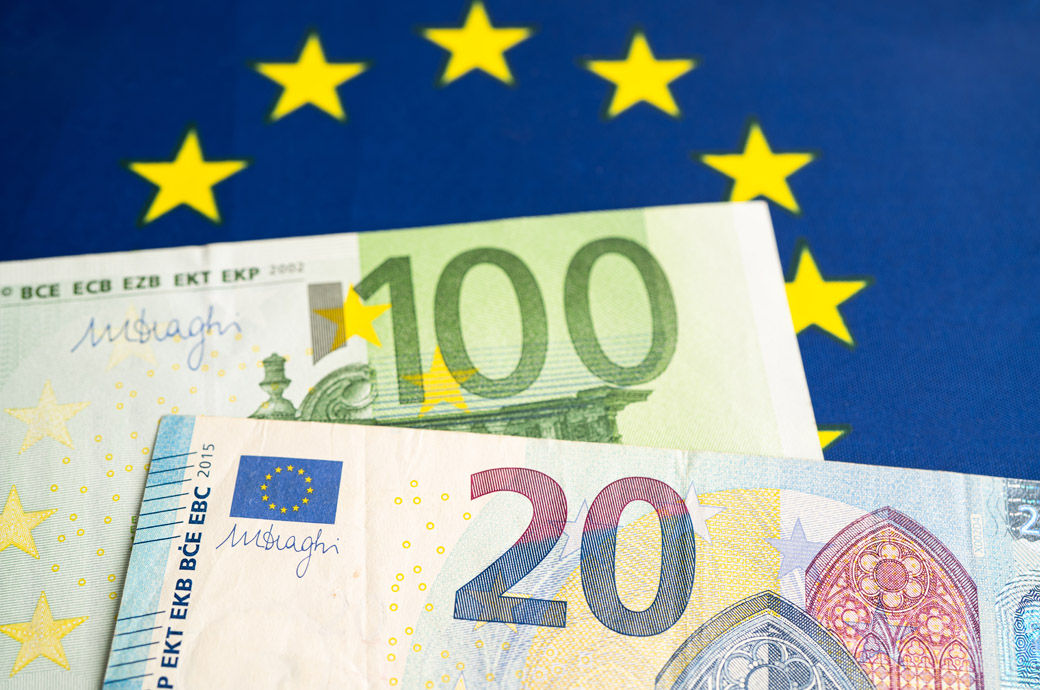
The European Commission's Autumn Forecast projects gross domestic product (GDP) growth in 2024 at 0.9 per cent in the EU and 0.8 per cent in the euro area.
Economic activity is projected to accelerate to 1.5 per cent in the EU and to 1.3 per cent in the euro area in 2025, and to 1.8 per cent in the EU and 1.6 per cent in the euro area in 2026, an official release said.
Headline inflation in the euro area is set to more than halve in 2024, from 5.4 per cent in 2023 to 2.4 per cent, before easing more gradually to 2.1 per cent in 2025 and 1.9 per cent in 2026.
In the EU, the disinflation process is projected to be even sharper in 2024, with headline inflation falling to 2.6 per cent, from 6.4 per cent in 2023, and to continue easing to 2.4 per cent in 2025 and 2 per cent in 2026.
After resuming growth in the first quarter of 2024, the EU economy continued to expand throughout the second and third quarters at a steady, albeit subdued, pace.
Employment growth and recovery in real wages continued to support disposable incomes, but household consumption was restrained.
A still high cost of living and increased uncertainty following the repeated exposure to extreme shocks, compounded with financial incentives to save in a context of high interest rates, led households to save an increasing share of their income.
At the same time, investment disappointed, with a deep and broad-based contraction across most member states and asset categories in the first half of 2024.
The restraint to consumption appears to be loosening. As the purchasing power of wages gradually recovers and interest rates decline, consumption is set to expand further.
Investment is expected to rebound on the back of strong corporate balance sheets, recovering profits, and improving credit conditions.
The impulse of the Recovery and Resilience Facility and other EU funds will also drive an increase in public investment over the forecast horizon.
Overall, domestic demand is projected to drive economic growth going forward. In 2025 and 2026, exports and imports are expected to grow at broadly the same pace, implying a neutral contribution to growth by net trade.
The disinflationary process that started towards end-2022 continues despite a slight pick-up in inflation in October, largely driven by energy prices.
Inflation is projected to fall towards target in late 2025 in the euro area and in 2026 in the EU.
The EU labour market held up well in the first half of 2024 and is expected to remain strong. Employment growth in the EU is set to continue, although at a slower pace, from 0.8 per cent in 2024 (0.9 per cent in the euro area) to 0.5 per cent in 2026 (0.6 per cent in the euro area).
In October, the EU unemployment rate reached a new historical low of 5.9 per cent. In 2024 as a whole it is projected to stand at 6.1 per cent (6.5 per cent in the euro area) and to edge further down thereafter, reaching 5.9 per cent in 2025 and 2026 (6.3 per cent in the euro area).
Uncertainty and downside risks to the outlook have increased, a release from the European Commission said. Russia's protracted war of aggression against Ukraine and the intensified conflict in the Middle East fuel geopolitical risks and risks to energy security.
A further increase in protectionist measures by trading partners could upend global trade, weighing on the EU's highly open economy, it noted.
On the domestic front, policy uncertainty and structural challenges in the manufacturing sector could entail further losses of competitiveness and weigh on growth and the labour market, it added.
Fibre2Fashion News Desk (DS)